Successful Breeding of Giant Grouper in India
The giant grouper is a high-value predatory fish prized for its firm flesh and excellent quality, widely favored throughout the Indo-Pacific region. Belonging to the Serranidae family, this fish is known for its large size and holds great potential in aquaculture. It is commonly found in coastal coral reefs, lagoons, and open waters. The giant grouper has a silvery color with numerous small black spots and faint vertical bars along its body. In the wild, it can grow up to 1.7 meters long and weigh over 80 kg. It is a popular marine species with a market price ranging from 400 to 700 rupees per kilogram.
A. Gopalakrishnan, Director of ICAR-CMFRI, stated: “This achievement is a breakthrough in aquaculture and a significant step toward the sustainable management and conservation of the giant grouper as a new candidate species in aquaculture.”
Captive breeding of the giant grouper had long faced challenges due to its preference for open waters, specific breeding requirements, and complex reproductive biology. This breakthrough followed extensive research and trials conducted by scientists at the Vizhinjam Regional Centre of ICAR-CMFRI in Thiruvananthapuram, Kerala, India, with financial support from the Department of Biotechnology, Ministry of Science and Technology, Government of India.

Successful breeding of this species involved meticulous behavioral monitoring, hormone application, and precise environmental control. The team documented the spawning and larval rearing processes, marking a major milestone in understanding reproductive biology, breeding, and seed production techniques for this species.
Juvenile fish weighing 20–35 grams were collected from the Barmouth area using Chinese seine nets and transferred to a temporary broodstock holding facility of ICAR-CMFRI in the Prakkulam area of Ashtamudi Backwaters, Kollam District, Kerala. The fish were fed a specialized broodstock diet and reached weights of 2.2–3.5 kg in two years. Maturity stages were identified using catheter biopsy, and mature broodstock (male and female) were transferred to broodstock cages. Once females had egg diameters of 200–280 µm, selected individuals were moved to the indoor hatchery facility at the Vizhinjam Regional Centre of ICAR-CMFRI. There, the fish were maintained in three 10-ton RAS systems with a 1:1 female-to-male ratio, and LHRH analogs were used to induce spawning. Hormone injections were administered to females with egg diameters of 420–450 µm, and spawning occurred 48–52 hours after the second injection.
Fertilized eggs hatched 14–16 hours later, and larval mouth opening was observed at around 64–65 hours. Initial feeding began with the copepod Parvocalanus crassirostris as live feed. From day 5, larvae were fed a mixed diet with rotifers, and from day 9 onward, transitioned to Artemia. Metamorphosis began at 18–20 days, and larvae were weaned onto pellet feed during this stage with good survival rates.

ICAR-CMFRI is now focused on optimizing breeding protocols to scale up seed production and refine larval rearing techniques. The giant grouper is a fast-growing, robust species that adapts well to pellet feed throughout the grow-out phase. Initial cage culture trials with pellets showed that the species could reach a market size of 500 g in 5 months and about 1 kg in 8 months.
This initial success in captive breeding of giant grouper is expected to pave the way for large-scale seed production and marine farming of this species.
Source: aquaculture
Aqua Mina's distributor in Japan: REX INDUSTRIES CO., LTD
- Address: 1-9-3 Hishiya-Higashi, Higashi-Osaka 578-0948 JAPAN
- Email: kimakubo@rexind.co.jp
- Phone: +81-(0)72-961-9893
- Website: http://www.rexind.co.jp/e/

WE WORK FOR YOUR SUCCESS!
Ngày đăng : 04/08/2025
2394 View
Other Articles
Vietnamese shrimp and catfish choose a sustainable path in global competition
End-of-Season Shrimp Prices Reach Record Highs
Norway – Russia Reach Barents Sea Fisheries Agreement for 2026
Cà Mau strengthens traceability to enhance the competitiveness of the shrimp industry.
Cold stress: Effects on the plasma characteristics of whiteleg shrimp.
A new breakthrough in the prevention of diseases caused by the microsporidian parasite EHP in shrimp farming
Vietnam’s shrimp export outlook in the first quarter of 2026 continues to face heavy pressure from tariffs.
New England’s shrimp fishery to shut down for the long haul after years of decline
Crab exports to the United States account for more than 80%.
Thailand sets a target to increase shrimp production to 400,000 tons by 2026.
CTU-RAS: Recirculating Shrimp Farming for Sustainable Development
Vietnamese aquatic products reach new markets








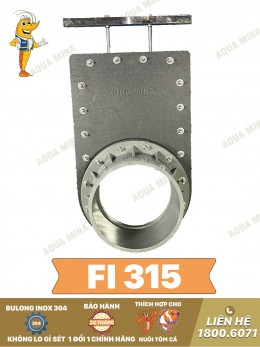
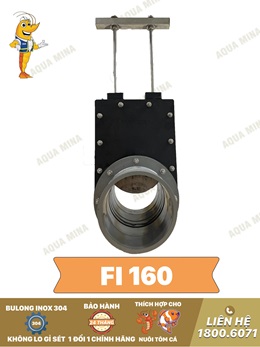
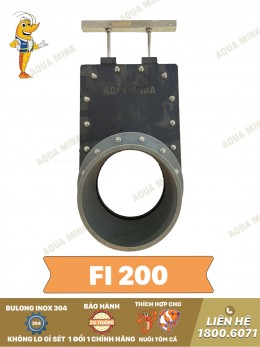
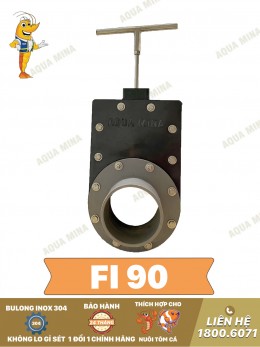
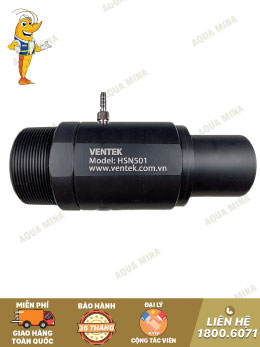
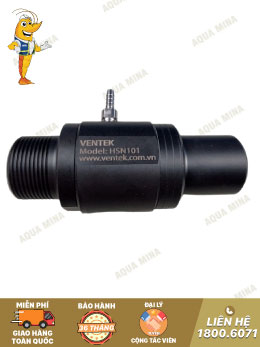
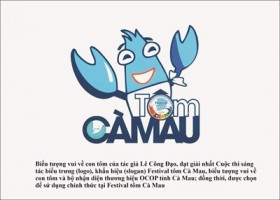
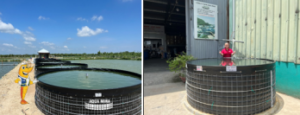
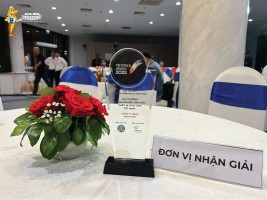
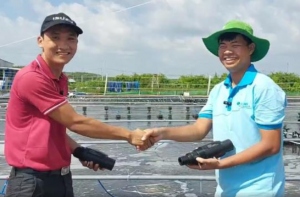
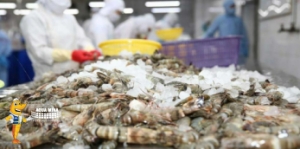
.jpg)